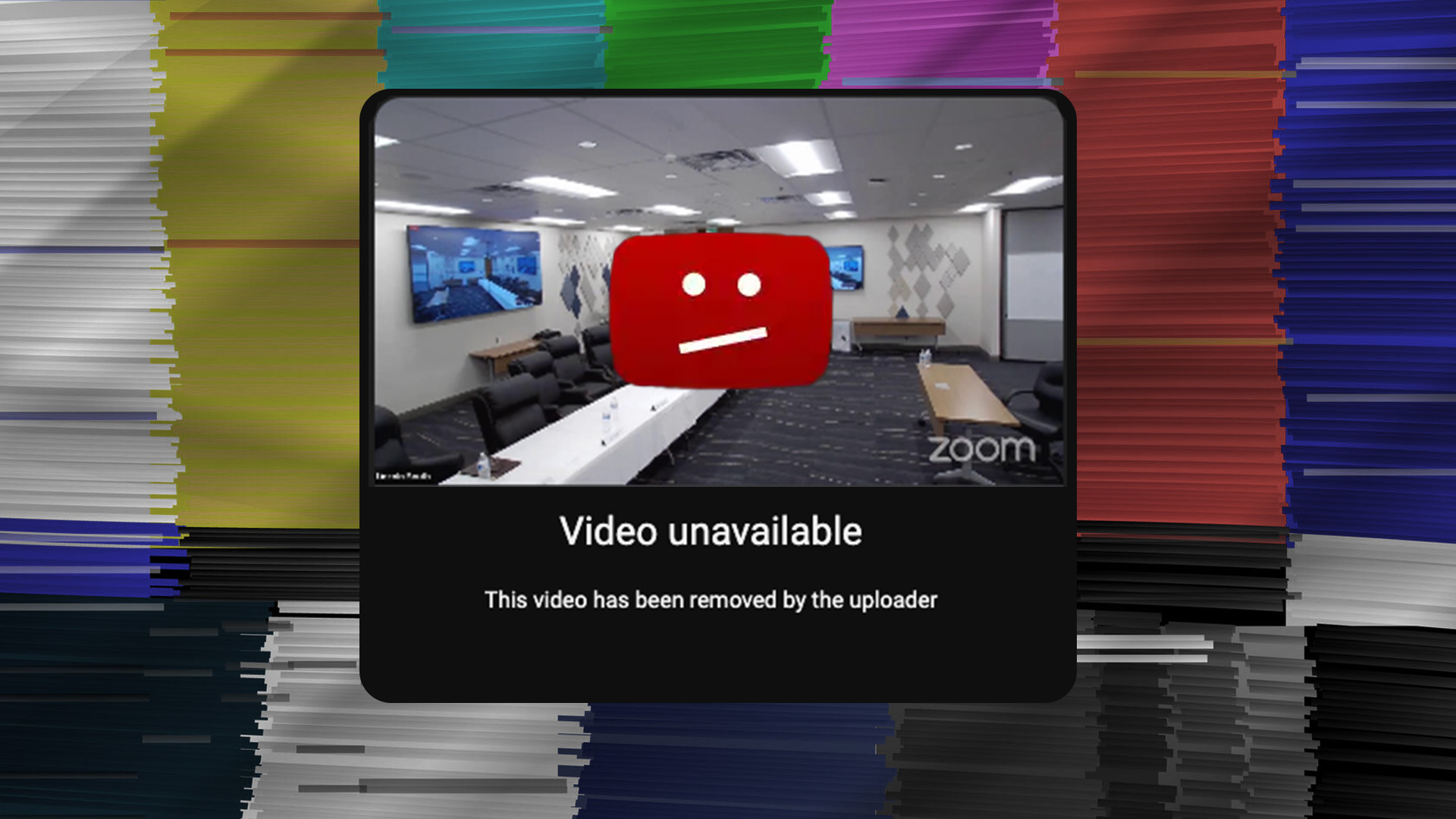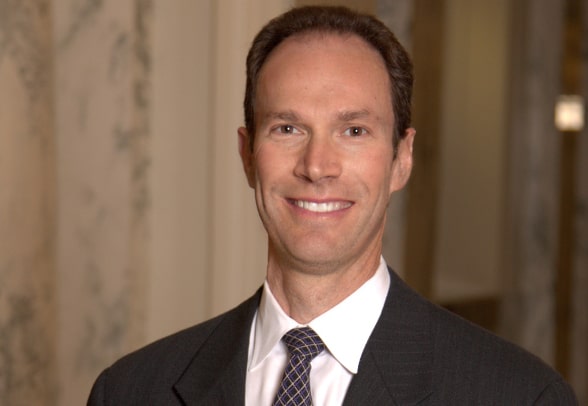



REVISION (August 21, 2025): Due to inconsistent reporting between the Division of Financial Management and Legislative Service Office, this article has been updated. The article now reflects the data that was provided by the LSO following the article's publication.
For several years, the Idaho Freedom Foundation (IFF) has been sounding warnings about Idaho's excessive spending growth and bloated budgets. Now, with the latest July revenue number missing the forecast, the lack of fiscal discipline is coming home to roost. The current Idaho budget is facing a revenue shortfall, and Gov. Brad Little is treating it as an unforeseeable minor blip.
Idaho is just over a month into the State’s Fiscal Year 2026 (FY26) — which began on July 1, 2025 — and the governor issued an executive order to “streamline” government last week with the following:
Is the governor hitting the panic button? Let’s be clear, only two things really happened in July. The July General Fund Revenue Report came in 8.8% lower than July of last year, and it was 9.9% lower than the forecast. However, the forecast for the entire year was revised downward by over 13%.
To further clarify, remember the Division of Financial Management (DFM) and the Legislative Services Office (LSO) calculated the General Fund (GF) revenue numbers with different methodologies back in January of 2025. So you could not compare the legislative forecast during the last session of $6.40 billion in revenue to the DFM forecast without $330 million added to the DFM number. Now, with the numbers reported the same way, the actual forecasted decline is just over $850 million, which is a combination of tax relief and downward economic revisions.
To put these numbers into some historical perspective, gross tax receipts as captured by the Idaho tax commission show revenues increasing from $4.99 billion in FY20 to $7.85 billion in FY25. That is a whopping 57% increase in tax receipts, including income taxes, sales taxes, cigarette taxes, tax on beer and wine, and taxes on motor fuels, among others. In other words, the total taxes we pay, excluding property taxes and many fees, have dramatically increased. And those increases were realized after tax cuts — economic growth drives higher tax collections. (Note: GF revenues are about 64% of the total gross receipts in FY25, down from 74% in FY20. Some of this reduction is due to property tax offsets, but most is for other spending.)
Even though revenue growth last year (FY25) was lower than the trend, the gross tax receipts were still up 4.4% over FY24. There is no revenue problem! Revenues were growing at a compounded rate of nearly 10% for the last five years, and now they are predicted to drop slightly from FY25 to FY26. We should hope so because taxes collected come from families’ pockets. There was a huge net increase in money taken from families over the past five years, even with the tax relief. This revenue growth was over and above inflation and population increase percentages. Now, back to the governor’s tax problem.
Let’s look at why the governor seems worried. Idaho’s constitution requires expenditures not to exceed total taxes, meaning the ending balance for FY26 must be at least zero. When we see the revenue forecast and read the following from the governor, it’s clear there is likely to be red ink (a shortfall!) at the end of FY26:
“My executive order today delivers on our promise to Idahoans that we will implement President Trump’s tax cuts for Idahoans…”
It’s an odd sentence because federal tax decisions are about federal, not state, taxes. But Idaho usually conforms to federal tax law changes to simplify state income and business taxes (known as “conforming”) to calculate state tax liabilities. Based on data from the Tax Foundation, Idaho conforming with the One Big Beautiful Bill Act (OBBA) will reduce Idaho’s income tax revenues by $167.4 million, and conforming with the Business Expensing provisions, as Idaho normally does, would further reduce revenues by $117 million, for a total of $284.4 million. Conforming helps Idaho families, but reduces revenue to the government. The revised revenue forecast and ending cash balance projection does not include any impact in FY26 for conforming - which is generally done retroactively to the beginning of the calendar year.
Back to the press release.
What does the governor’s mandated 3% General Fund (GF) reduction equate to? According to Legislative Services Office (LSO) data, the total GF appropriation for FY26 was $5.624 billion, and K-12 public schools accounted for $2.755 billion, or 49%. So a 3% reduction on the other 51% ($2.869 billion) equates to only $86 million in savings. It is not enough. That’s because a 3% cut, after growing state spending (excluding the federal part of the appropriations) by over 50% from FY20 to FY25, can’t solve the spending problem.
Put another way. The GF is only part of the spending our legislature controls. Altogether, this is a 3% cut to a 20% piece of the overall budget of $14.1 billion. The overall budget includes public schools, dedicated funds, and federal funds for a myriad of other programs, including Medicaid.
Interestingly, although the governor boasts about increasing public school spending by 63% over six years in his press release, he is exempting public schools from his 3% spending reduction. Sadly, we have not seen a commensurate improvement in results in our public schools to match the spending windfall. With enrollment up about 3.5% for the last six years, we have to wonder where the money is going.
We wish we didn’t have to say this, but had the governor heeded IFF’s concerns about the spending growth over the past six years, the revenue shortfall for just one month could have been brushed aside. And let’s not forget the small group of legislators who understood the old maxim, “change before you have to.” Those particular legislators pledged last session to hold spending growth to a target of about $1 billion less than the actual appropriations of $14.1 billion (exact comparisons are impossible because millions of dollars of spending was moved off-budget).
Had the rest of the Legislature even met them halfway, meaning $500 million less than the final number, the governor and Idaho would not be in this pickle. We would conform to the Trump tax cuts and then cut more. The only silver lining to this happenstance is that we might finally see some needed cuts in government spending. It’s too bad it takes a revenue shortfall for our leaders to finally see the light.

